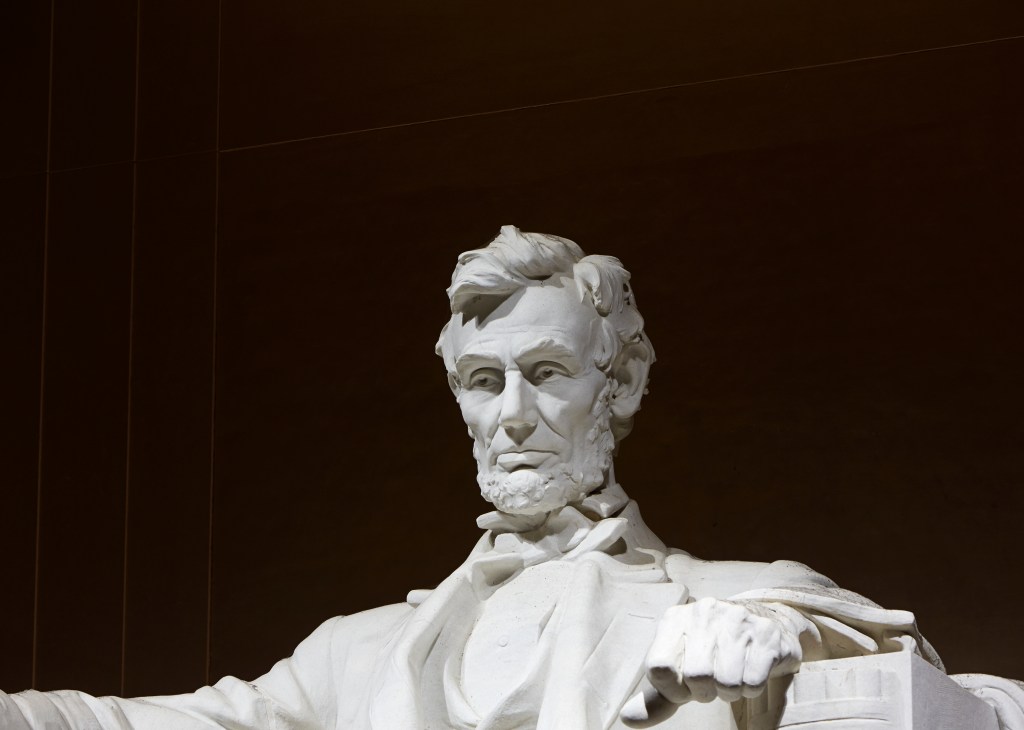Paul Gilroy is professor of American and English literature at King’s College London, and author of There Ain’t No Black in the Union Jack. Header image by Marta Parszeniew.
Frederick Douglass may have been mainstreamed onto US postage stamps, but the securitocracy in Guantánamo probably can’t stomach his vivid and disturbing account of how his freedom was boldly won by fighting back and being prepared to sacrifice his own life.
Videos by VICE
Douglass was a runaway slave, prominent abolitionist, and feminist orator, as well as a poetic, political advocate of human rights, equality, and liberation for all peoples. He argued, in forthright terms, that rights had “no sex” and was one of the first American men to go on the record supporting unrestricted voting rights for women. When he died in 1895, he had become the most famous person of African heritage on earth.
In his own time, he was legendary not just for his peerless rhetorical skills but also for his good looks and upright, manly bearing. To abolitionists and slaveholders alike, his celebrity seemed to provide a living example of the capacity of “the Negro” to attain the heights of cultured self-possession denied by the racial science then favored by white supremacists and others who defended the peculiar institution of slavery—either as the salvation of ignorant, brutish Africans or just as an effective way to force less-than-human beings to work.
Having demonstrated his interest in literature by renaming himself from the pages of a novel by Sir Walter Scott, Douglass produced three different versions of his extraordinary life story.
The most successful and widely read of the autobiographies is the banned first volume, The Narrative of The Life of Frederick Douglass, An American Slave, published in 1845. Awarded classic status and read today in US high schools, the book has repeatedly been identified as a complete literary statement of the slaves’ bleak predicament, considered against the possibility of their inalienable rights to citizenship and human dignity.
All the books cover Douglass’ abject life on the plantation, where terror was an everyday tool of management. The tale of his escape from bondage is preceded by his argument for the necessity of violent physical resistance against its brutal excesses. Douglass also recounted his extensive international travels as a fugitive and free man.
Douglass’s Narrative pioneered analysis of the special significance of the music made by the slaves. He argued that their beautiful singing should not be interpreted as evidence of their contentment or happiness and that their powerful musical culture had a philosophical and aesthetic significance beyond any words that were being sung. He added that the only place where he had encountered anything comparable was while traveling as a fugitive in Ireland during the famine.
Like many abolitionists, Douglass indicted the slaveholders’ perversion of their Christian faith, which always came off second best when it came into conflict with the unsentimental, economic imperatives of their capitalist creed.
Douglass’ books, essays and speeches were repeatedly reprinted and translated into numerous languages. They foreshadowed the unprecedented global publishing success of Harriet Beecher Stowe’s epoch-making novel Uncle Tom’s Cabin a few years later. It would be interesting to know whether her novel is also on the Guantánamo banned list.
Unlike Stowe and many others, Douglass did not advocate a return to Africa but set his sights upon the acquisition of political and civil rights in a reconstructed United States. In his later years, he served the Haitian government as its consul general and commissioner to The Chicago World’s Columbian Exposition. At the end of his life, Douglass supported the anti-lynching campaigns and political struggles pursued by a younger generation of African Americans, like his friend and militant journalist, Ida B. Wells-Barnett.
Follow Paul Gilroy on Twitter.



